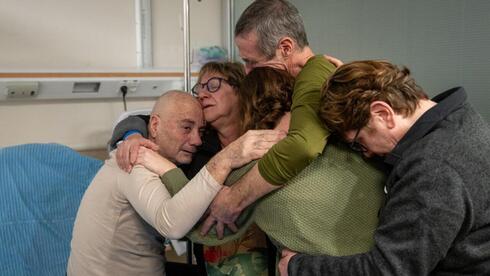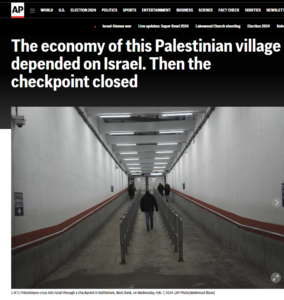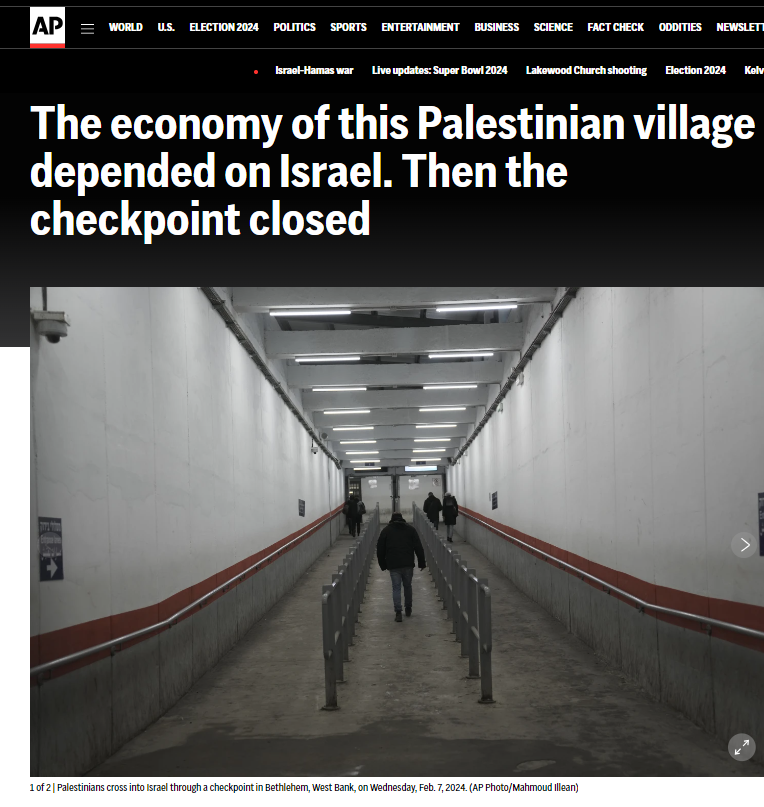Sixties Fan
Diamond Member
- Mar 6, 2017
- 58,508
- 11,106
- 2,140
- Thread starter
- #4,561
Follow along with the video below to see how to install our site as a web app on your home screen.
Note: This feature may not be available in some browsers.
IDF Spokesman Rear Adm. Daniel Hagari offers details on the rescue of hostages Marman and Har.
“The IDF and the Shin Bet have been working on this operation for a long time,” he says.
“Conditions were not ripe to carry it out until now, and we waited for them to ripen.”
He adds: “Reaching the target in the heart of Rafah was very complex.”
Forces clandestinely arrived at the target at around 1 a.m., and carried out a very complex action on the premises and the second floor where the hostages were held.”
He says preparations included “backup, a major aerial envelope, and intimate intel.”
He says forces then broke into the building through a locked door and exchanged fire with gunmen in the building and in adjacent buildings, while extracting the hostages to armored vehicles.
“There was intense firepower from the air. Fire was opened from nearby buildings. The Air Force struck intensively there,” he says. At the same time, the armored corps also provided cover for the extraction.
Hagari says “many terrorists were eliminated tonight in this action.”
One soldier was lightly injured, but beyond that no Israelis were hurt.
“The entire operation lasted about an hour from start to finish.”
The Israeli occupation committed a massacre in the city of Rafah, in the south of the Gaza Strip, leaving dozens of martyrs dead and hundreds wounded.
Medical sources reported that more than a hundred martyrs so far and hundreds of injuries arrived at Al-Kuwaiti Hospital and Abu Youssef Al-Najjar Hospital in Rafah, after the occupation aircraft targeted several homes and mosques with dozens of raids, noting that the sounds of violent clashes between the Palestinian resistance and the occupation army were taking place near the vicinity.


 Prominent critics of Israel agree with Indyk. In the New Yorker, Rashid Khalidi wrote, “In Oslo and subsequent accords, the Israelis were careful to exclude provisions that might lead to a Palestinian political entity with actual sovereignty.”
Prominent critics of Israel agree with Indyk. In the New Yorker, Rashid Khalidi wrote, “In Oslo and subsequent accords, the Israelis were careful to exclude provisions that might lead to a Palestinian political entity with actual sovereignty.” The State Department history makes no mention of commitments, intentions or plans for a Palestinian state.Israel accepted the PLO as the representative of the Palestinians, and the PLO renounced terrorism and recognized Israel’s right to exist in peace. Both sides agreed that a Palestinian Authority (PA) would be established and assume governing responsibilities in the West Bank and Gaza Strip over a five-year period. Then, permanent status talks on the issues of borders, refugees, and Jerusalem would be held.
The Financial Times likewise corrected this point in 2019, and MSNBC issued a similar correction the following year.An earlier version of this article misstated a commitment of the Oslo accords, the 1993 agreement between the Israelis and Palestinians. The Oslo accords called for a negotiated settlement, but did not commit both sides to a two-state solution.
But then she quickly redirects to the real culprit:But the [parking] lot [from which the Massoud family had made a living] has been empty since Oct. 7, when Hamas militants attacked Israel from the Gaza Strip, and Israel, fearing more attacks, barred Palestinian workers from the West Bank from entering Israel.
Quashing any potential doubt about who’s at fault for the economic hardship in Nilin and other West Bank villages, Frankel wrote: “The fallout from Israel’s decision is felt keenly in Nilin.”Israel’s campaign in Gaza has killed more than 28,000 Palestinians, unleashed an unimaginable humanitarian crisis and decimated the strip’s economy. But Israel’s near-complete severance of economic ties with the West Bank also has had serious repercussions for Palestinians there.
